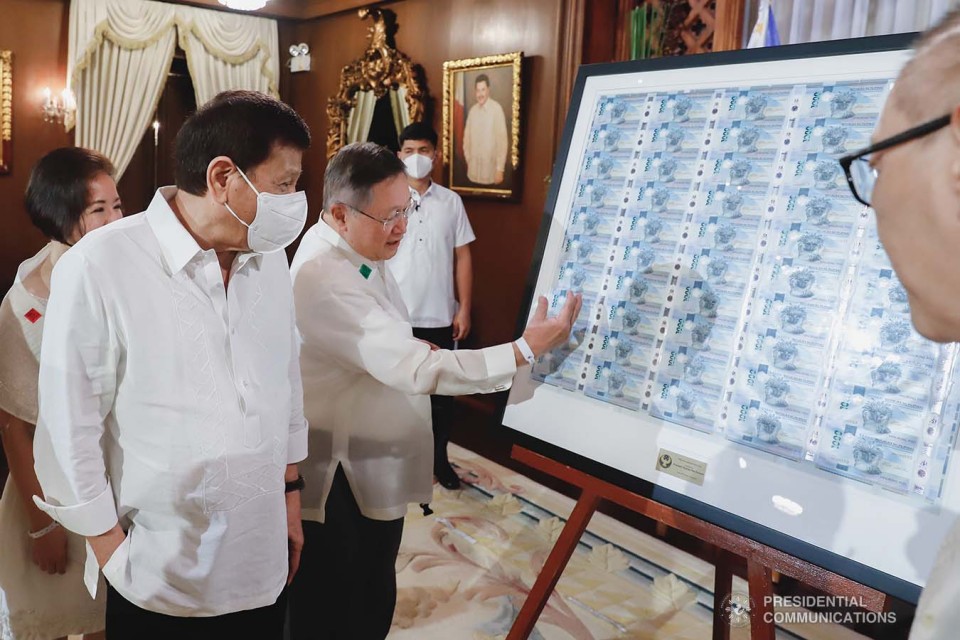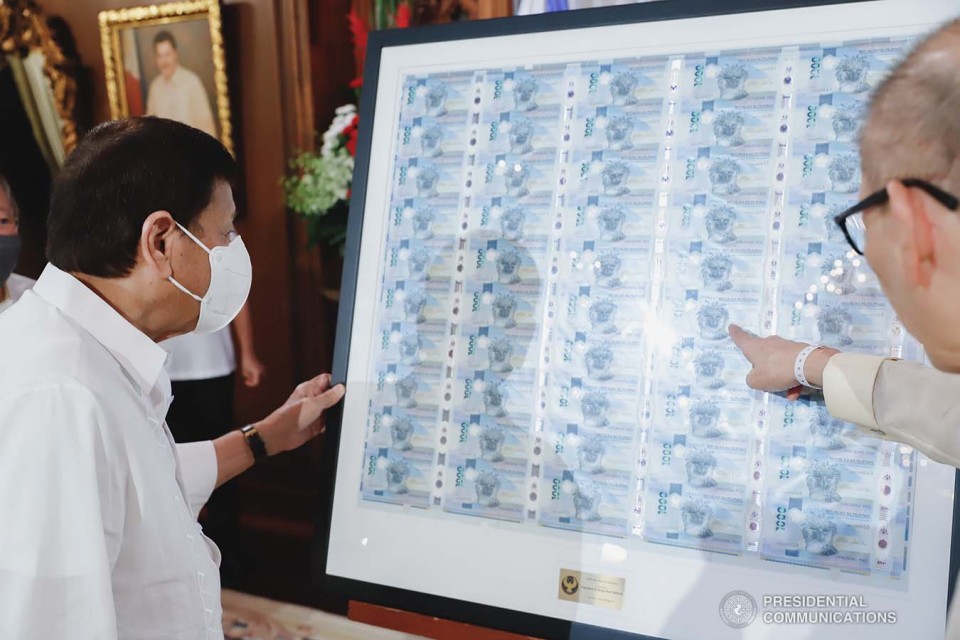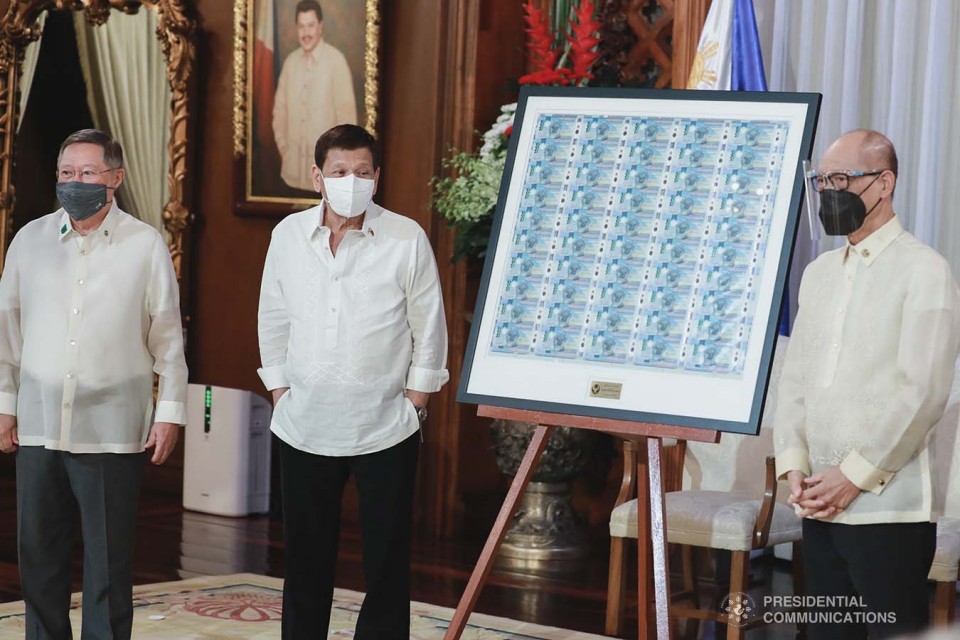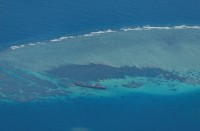New P1,000 polymer banknotes to be released in phases starting April 18

(Eagle News) – The Philippines has a new P1,000 polymer banknote which has more security features and more durable than the usual paper banknotes.
The new P1,000 polymer banknote was presented to President Rodrigo Duterte on Wednesday, April 6, by Bangko Sentral ng Pilipinas (BSP) Governor Benjamin E. Diokno and Monetary Board members in a ceremony held in Malacanang.
He received the 1000-Peso Polymer Banknotes from Finance Secretary Carlos Dominguez III and the Chairman of the Monetary Board and BSP Governor Diokno.
The Office of the President and the BSP Monetary Board approved the issuance of the new polymer banknote, which the BSP will release in phases, starting Monday, 18 April 2022.
-Best practices-
“As the sole issuer of Philippine currency, and in line with best practices of central banks worldwide, the BSP periodically updates the material, design, and security features of our banknotes to ensure that they promote public well-being, be durable enough for longer-term use and incorporate the latest technology to prevent counterfeiting,” Governor Diokno said.

The BSP said that the new banknote “strengthens the BSP’s efforts to respond to pressing public health and safety concerns due to the COVID-19 pandemic, promote environmental sustainability, and deter counterfeiting.”
-Features of new P1,000 polymer banknote-
The design of the 1000-Piso polymer banknote features the Philippine Eagle and the Sampaguita on the obverse side; and the Tubbataha Reefs Natural Park, South Sea Pearl, and T’nalak weave design on the reverse side.
The new 1000-Peso polymer banknote will be circulated alongside the current 1000-peso paper banknote and both can be used for payments.


-More resistant to oil, water, dirt-
Citing various scientific studies, the BSP said that polymer bills can be sanitized with less risk of damage, making them a more hygienic alternative to paper banknotes.
The scientific studies reviewed by the Department of Health also found that in temperatures typical of tropical climates, viruses and bacteria survive for shorter periods on polymer compared to paper banknotes, the BSP said.
Polymer banknotes have a smaller carbon footprint as their production requires less water, energy, and other resources. Some countries have reported that polymer banknotes could last at least 2.5 times longer than paper banknotes, given their resistance to water, oil, dirt, and general wear and tear.
“Their extended lifespan makes polymer banknotes more cost- effective in the long run. They can also be recycled into other useful forms, such as compost bins, building components, furniture and other household products,” the BSP said.
“Using advanced technology, polymer banknotes make counterfeiting significantly more difficult and costly. More intricate designs and stronger security measures are in line with the BSP’s mandate of safeguarding the integrity of Philippine currency,” it added.
(Eagle News Service)








